Both chalazia and styes appear as bumps on your eyelid — but styes are typically painful
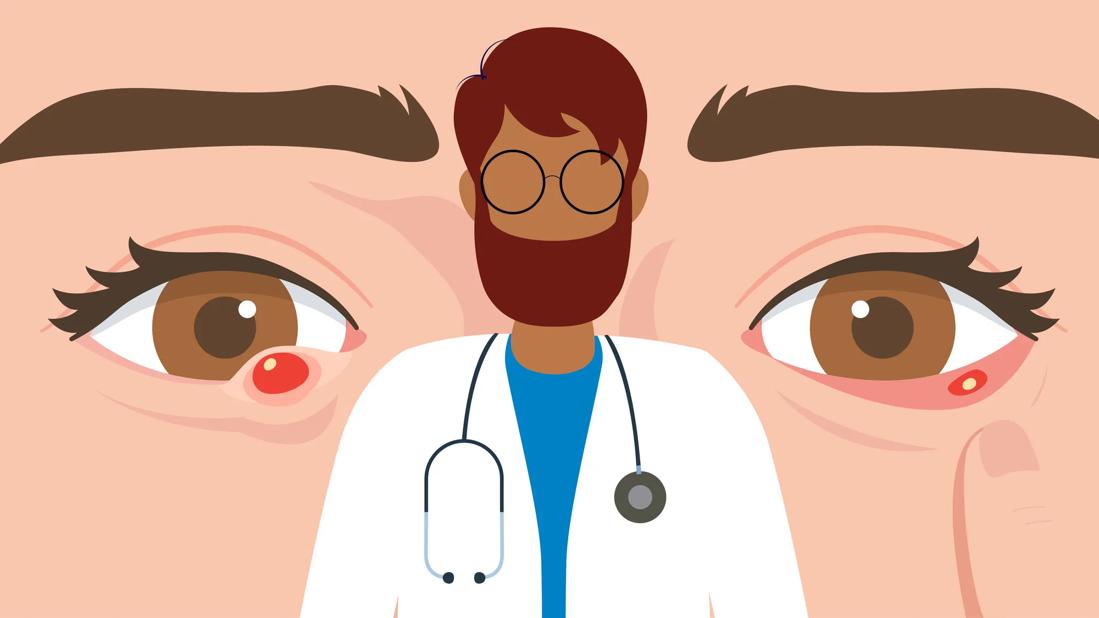
Ever wake up to a little red bump on your eye and wonder what that’s all about?
Advertisement
Cleveland Clinic is a non-profit academic medical center. Advertising on our site helps support our mission. We do not endorse non-Cleveland Clinic products or services. Policy
Is it a stye? Or a chalazion? And what do you do about it?
We asked Justine Beauchamp, PA-C, a physician assistant in ophthalmology, about the similarities and differences.
Both chalazia (the plural of chalazion) and styes are raised bumps that appear when the oil glands on your eyelids get blocked. Chalazia pop up when those glands get irritated and inflamed. Styes happen when a localized bacterial infection takes hold.
“A stye happens when your oil glands lash follicles are infected. Chalazia are non-infected clogged oil glands, which causes inflammation and a hardened bump,” Filippelli explains.
Neither chalazia nor styes are contagious. You can’t spread them to someone else. And you can’t catch them from another person. But it’s still important to practice good hand hygiene and avoid sharing towels or makeup to prevent bacterial spread.
Knowing what’s causing a red bump on your eye is the first step to getting proper treatment. Here’s how to tell the difference between a chalazion and a stye.
Chalazion
Advertisement
Stye
Styes and chalazia can also happen at the same time.
“It’s common that when your lash follicle gets infected, and you get a stye, the oil gland may also be affected. So, after the stye clears up, you may be left with this hard, tender bump — a chalazion,” Filippelli explains.
So, here’s what you may be wondering, Which is the “bad” one? Is it worse to have a chalazion or a stye?
Take heart that neither is life-threatening. And in the vast majority of cases, they’re nothing more than a relatively minor inconvenience.
But if they’re very painful, accompanied by other symptoms or aren’t clearing up on their own, both chalazia and styes are worth seeking medical attention.
“A stye can be an acute infection, and there’s potential that the infection can spread around the eye and behind the eye and cause orbital cellulitis and permanently affect your vision,” Filippelli reports. “It’s extremely rare. But it’s a good reason to seek treatment if you’re dealing with a particularly angry stye.”
Getting a chalazion checked out can also be important, especially if it lasts more than a few weeks. That's because you don’t want to brush off a lump on your eye (or anywhere for that matter).
“It’s happened in my career where people have been seen or treated for a stye or chalazion, but the treatment hasn’t worked. And when we take a biopsy, we see that it wasn’t the right diagnosis and it turned out to be skin cancer. This is a very rare occurrence,” she notes.
Both chalazia and styes can often be treated at home, but some may benefit from a visit to a healthcare professional. Here’s what to try.
Chalazion
Be patient. A chalazion can last for several weeks. But if those measures don’t do the trick after several weeks or months, it’s time to see a healthcare provider. They may recommend an office procedure to drain it.
Advertisement
Stye
If the stye isn’t responding to these methods after a few days, it might be time to talk with a healthcare provider about antibiotics — either as medication you take by mouth or antibiotic eye drops.
If that doesn’t do the trick, your provider may recommend an office procedure to drain the oil.
Advertisement
Learn more about our editorial process.
Advertisement

Many factors, like eyelid irritation, cosmetic lash procedures and underlying health conditions, can affect your eyelashes

Keep your eyes clean and try to stay makeup- and contacts-free to help move healing along
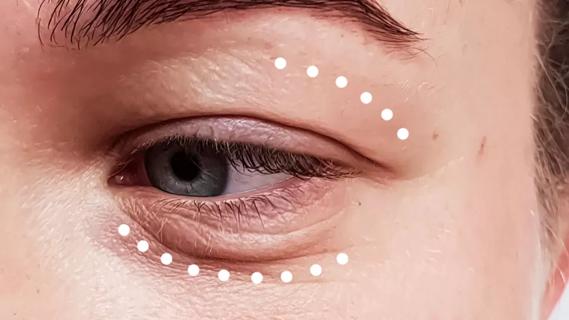
The procedures take different approaches to eliminate saggy, baggy skin around your eyes
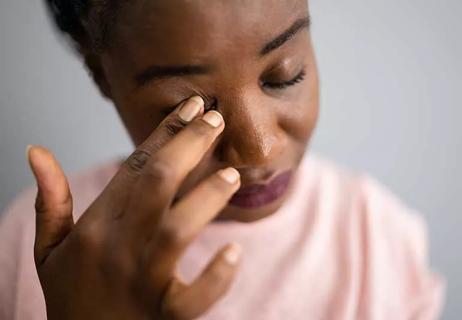
Doing so can cause a severe infection, damage to your eyelid or even a corneal abrasion
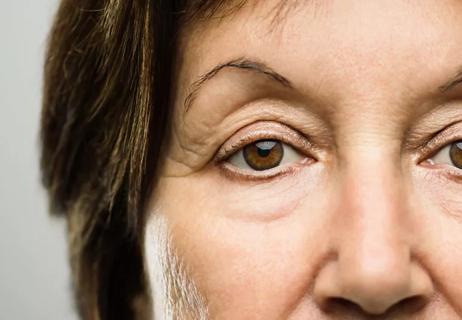
Injections or surgeries can give aging eyes a lift
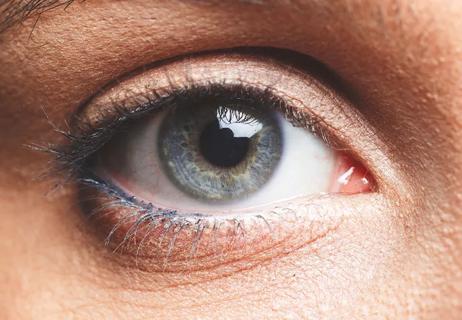
This glaucoma drug can also thicken lashes, just note side effects

Your eyes could be burning because of allergies, elevated salt levels, dry eyes and more

One is a raised yellow spot on your eye, the other is a fleshy growth

The ‘sunshine vitamin’ is found naturally in some fish and is added to other foods

Autism and ADHD often go hand in hand, giving rise to the term AuDHD

The Yuzpe regimen is less effective than other forms of emergency contraceptives, and it’s associated with more side effects